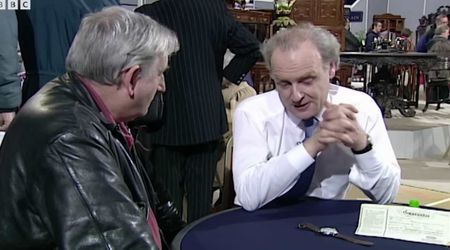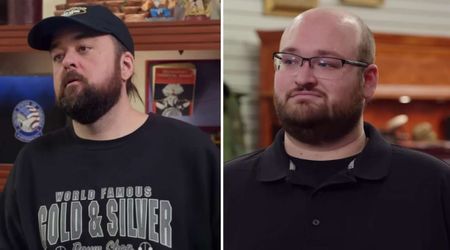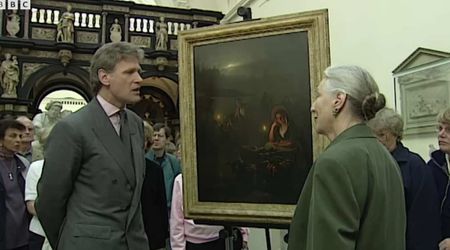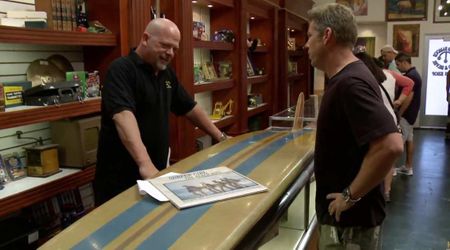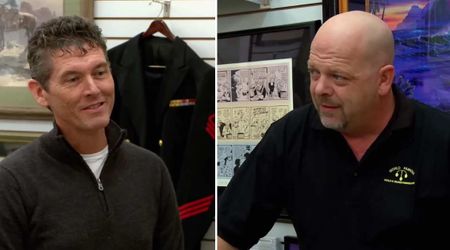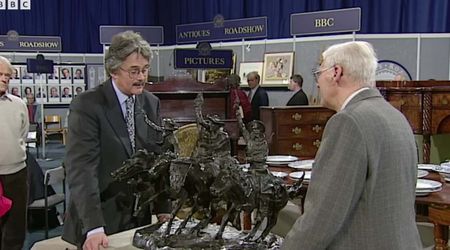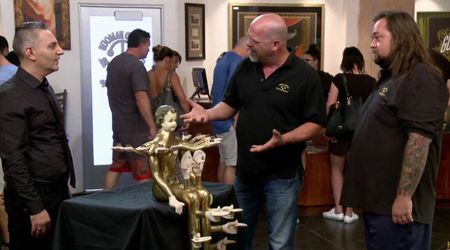'Antiques Roadshow' guest says 'no kidding' after expert revealed the value of her family heirloom

Family heirlooms are special as they shed light on a person's legacy in addition to the sentimental value attached to them. On “Antiques Roadshow,” the facts that experts reveal and the appraisal that they give for such items are often followed by reactions that can range from shock to disbelief. Something like that happened when a gigantic pot with beautiful designs on its surface was brought by a guest in an earlier episode of the show. As per the expert, the pot originated from the Zia Pueblo, meaning that it was made by the natives. Its appraisal value came as a surprise to the guest who had inherited it, and she could only say one word, "No!"
The guest claimed that her great-grandparents were travelling across the country in 1947 and bought the pot when they were around the Arizona and New Mexico area. She did not have an idea about the price of the object. The expert, Anthony Slayter-Ralph, seemed quite impressed by the object. He claimed that the object was made during the 1930s due to its design.
The expert noted that Zia pottery made before the turn of the century was more traditional and only had patterns drawn on them. This one, however, had a couple of animals painted on it. This was due to the demand for that kind of art during that time period. Slayter-Ralph also revealed that there were a lot of families in the Zia pueblos who did this kind of work. One of them was the Medina family.

However, he could not ascertain which family this pot came from. He even urged the guest to do some research on the matter so that its value might grow. He then revealed that the pot was worth $25,000 to $35,000. The guest was surprised upon hearing this and exclaimed, “No!”
Native American items might be rare, but there have been multiple occasions of them showing up on “Antiques Roadshow.” On a different episode of the show, a customer had brought a club-like item that was pegged to be 130 years old. The expert for the segment revealed that such an item was common among the Penobscot Indians, an indigenous tribe who lived deep in the forests of Maine and Nova Scotia, Canada.
“As local native life changed over the centuries, men were no longer able to go to war or to hunt widely, they began to work with travellers, fishermen, and hunters who would come up on vacation. And they would make objects such as this to trade. So this became a cottage industry for indigenous men in Maine,” he explained.
“Everything was about threes, which were reverent. Indigenous people actually felt that the spirits of their ancestors resided in trees, so they had a great deal of reverence for them,” the expert added. When the time came to appraise the item, the expert said that the club was worth $2,500. The guest almost broke down into tears upon hearing this. “It’s been a big part of my life. I’ve always had it around. It touches me because, really, it was my mother’s. She had it, kept it. So it’s part of her, it’s part of me,” he said.







